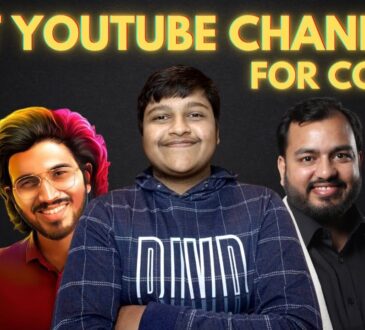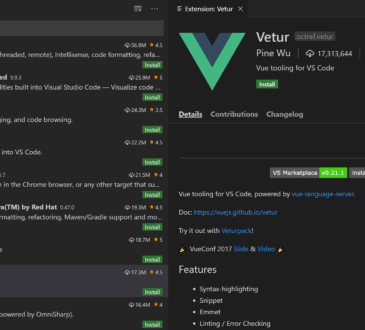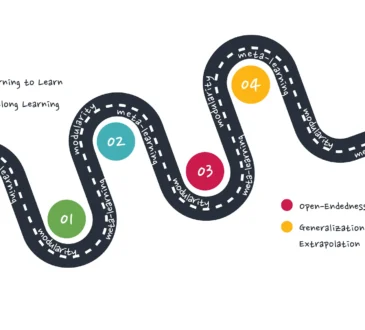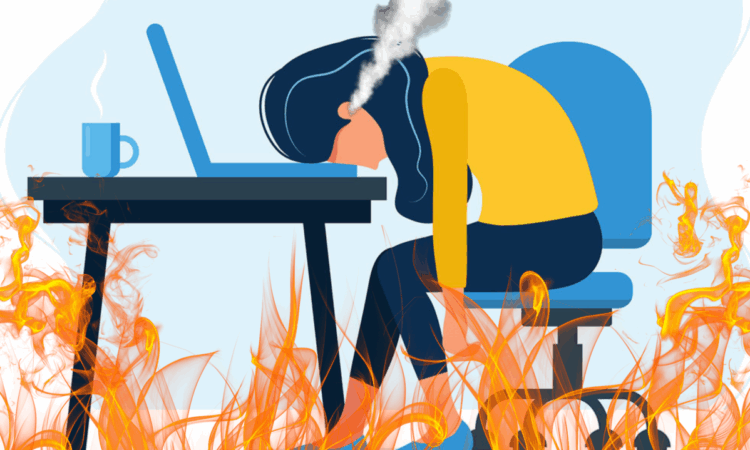
In today’s tech landscape, developers are expected to move fast, stay updated, ship constantly, and never fall behind. Every week, there’s a new JavaScript framework, an AI-powered tool, or a hot take on X (formerly Twitter) about what “real devs” should be doing.
It’s no wonder so many developers are facing burnout—that creeping exhaustion where even simple tasks feel overwhelming, your creativity dries up, and the job you once loved starts to feel like a chore.
The good news? You’re not alone—and you’re not powerless. Here’s how to stay productive without burning out in a world that never slows down.
🔥 What Developer Burnout Looks Like

Before fixing it, let’s spot the signs. Burnout isn’t just being tired. It can look like:
- Constant mental fatigue, even after rest
- Loss of motivation or excitement for coding
- Feeling like you’re always behind, no matter how much you do
- Resisting work you used to enjoy
- Brain fog, irritability, or snapping at small issues
- Dread of opening your laptop
In short, burnout is when the pressure exceeds your mental/emotional capacity for too long—and you start to break down instead of bouncing back.
🧭 1. Redefine Productivity: From Speed to Sustainability
The first step to avoiding burnout is redefining what it means to be productive. It’s not about doing the most. It’s about doing what matters—and doing it in a way that’s sustainable.
Instead of asking:
🛑 “How can I work faster?”
Ask:
✅ “How can I work better and last longer in this career?”
⏰ 2. Use the “Core Hours, Deep Work” Rule
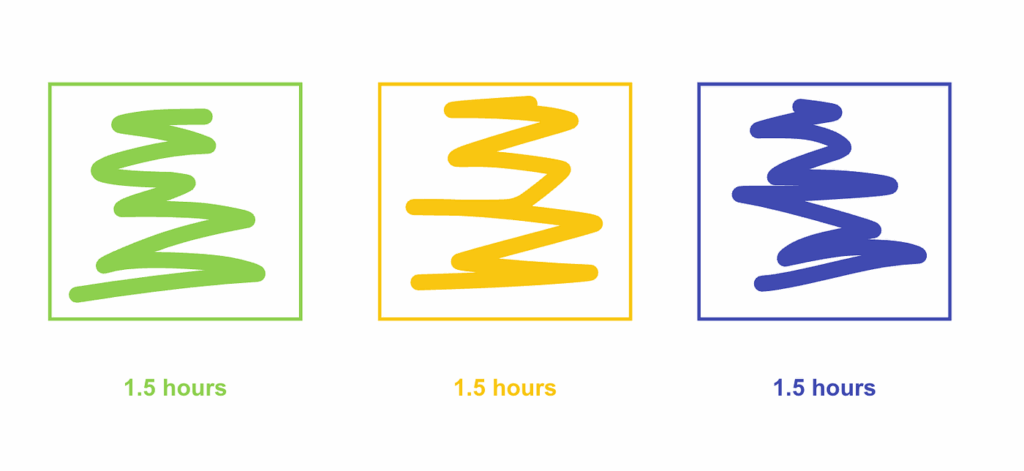
Productivity isn’t about being online all day—it’s about protecting your brain’s best hours.
Try this:
- Identify your 2–4 most focused hours (for many devs, it’s mornings).
- Block that time for deep work only: no meetings, no Slack, no notifications.
- Do your most mentally demanding tasks in that window (like building features, debugging, or writing docs).
Then, schedule lighter tasks—like email, code reviews, or meetings—in the afternoon or lower-energy slots.
Protecting your deep work time reduces context switching and lets you get more done with less mental effort.
🧹 3. Stop Trying to Learn Everything
Tech changes fast—but that doesn’t mean you have to follow every trend.
Instead of chasing every new tool or framework, pick one core skill or area to go deep on each quarter. For example:
- Q1: Master async JavaScript and promises
- Q2: Learn testing strategies with Vitest or Jest
- Q3: Explore AI-assisted workflows (e.g., LangChain, LLM APIs)
Depth beats breadth in both learning and mental health. Trying to learn everything = endless stress.
🧘 4. Add “No-Code” Days to Your Week
Even passionate devs need to step back. Add one “no-code” evening or day per week where you:
- Don’t open your IDE
- Don’t check GitHub issues
- Don’t touch side projects
Instead, go outside. Read fiction. Cook. Play. Sleep. The point is to disconnect from tech and give your mind breathing room.
Creative energy doesn’t come from grinding—it comes from recovery.
📉 5. Embrace JOMO (Joy of Missing Out)

For every trend you skip, every tech drama you ignore, and every tutorial you don’t watch… you gain time, focus, and peace.
Let go of the fear of missing out (FOMO) and embrace JOMO:
- You don’t have to learn Rust if it’s not part of your goals.
- You don’t have to master AI prompt chains this week.
- You don’t have to compare your pace to a viral post.
🚨 Ignore the noise. Follow your plan.
🔁 6. Automate and Offload Mental Overhead
Burnout isn’t always caused by big tasks. Often, it’s death by a thousand tabs and tiny decisions. Free up brainpower by automating:
- Dotfiles, aliases, and shell scripts to speed up CLI tasks
- VS Code extensions to reduce repetitive work (e.g., GitLens, Prettier)
- AI tools like GitHub Copilot or ChatGPT to generate boilerplate or explain unfamiliar code
Anything you do more than twice? Automate it. Save your brain for the hard stuff.
💬 7. Talk About It
This isn’t just a productivity tip—it’s survival.
If you’re feeling drained, talk to:
- A team lead or manager (if safe)
- A trusted peer or mentor
- A mental health professional
Burnout thrives in silence. Even a 15-minute conversation can reframe your perspective or lead to helpful changes.
🧱 8. Work in Sprints, Not Marathons

Developers aren’t meant to grind 8 hours nonstop. Instead, try:
🔁 The 50/10 Rule
- 50 minutes of focused work
- 10-minute break (walk, stretch, water)
🧠 The 2-Hour Sprint
- Set one goal for a 2-hour block (e.g., “fix this bug” or “finish this function”)
- Avoid multitasking
- Celebrate completion, even if it’s a small win
Short, intentional bursts > endless multitasking.
🎯 9. Revisit Your “Why” Regularly
Sometimes burnout isn’t just about workload—it’s about disconnection from purpose.
Ask yourself:
- Why did I get into tech in the first place?
- What kind of work gives me energy?
- When was the last time I felt proud of something I built?
Write it down. Post it near your workspace. Reconnecting with your purpose helps realign your energy and direction.
🧰 10. Build a Burnout Toolkit
When burnout creeps in, don’t just push through. Have a set of go-to resets:
- A walk without your phone
- A playlist that grounds you
- A 5-minute journaling session
- A conversation with someone outside tech
- A “small win” task you can complete quickly (e.g., fixing a typo, organizing a file)
These micro-resets give you control back—fast.
Final Thoughts
In a hyperfast world, the most successful devs won’t be the ones who hustle the hardest. They’ll be the ones who:
- Protect their energy
- Work with intention
- Recover without guilt
Burnout isn’t a badge of honor—it’s a warning sign. So take care of your mind, your time, and your goals. You’re in this for the long haul.


